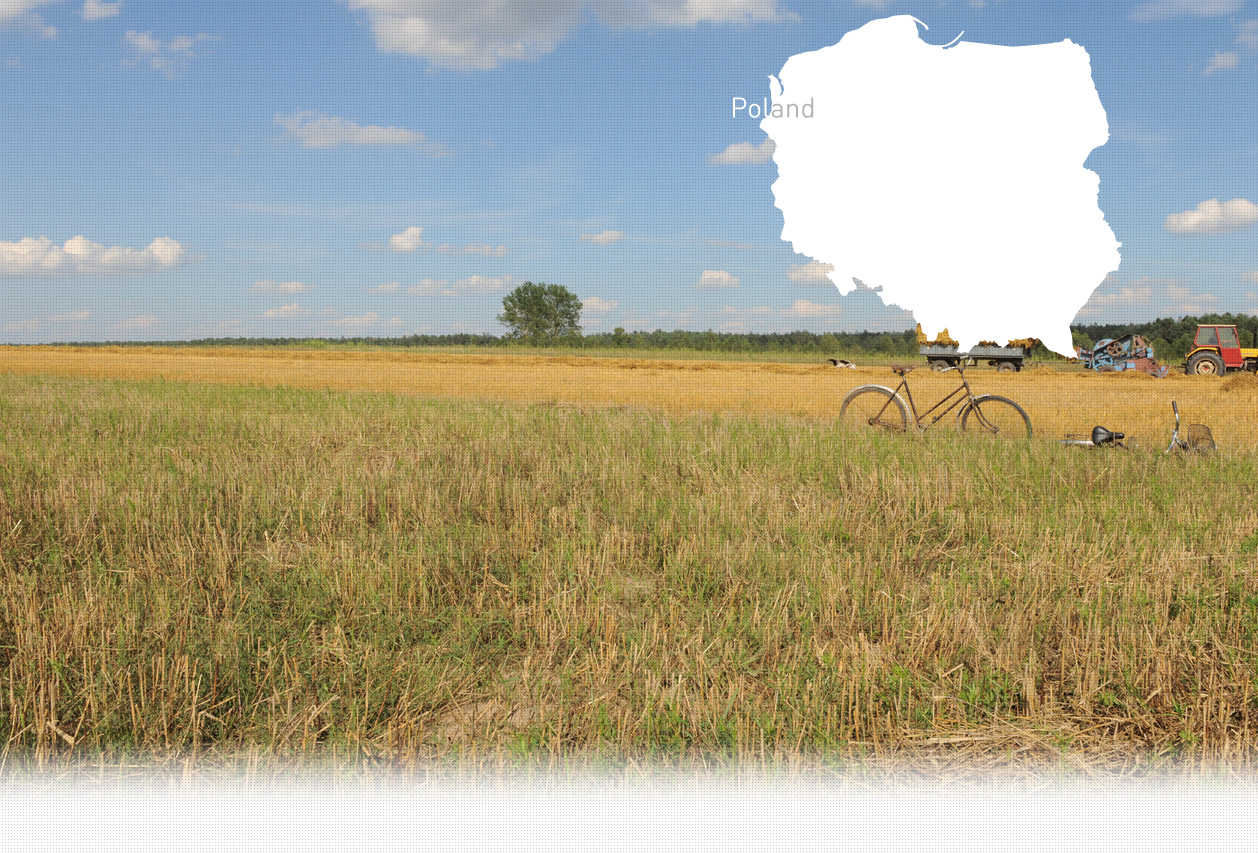

3 Killing site(s)
Wanda G., born in 1930: "We realized something was happening, and the entire class looked out of the windows, even though the teacher told us not to. We saw them herding the Jews. The Germans were killing them as they marched. Those who could keep walking were spared, but those who couldn’t were shot." (Testimony N°YIU520P, interviewed in Tłuszcz, on September 26, 2015)
"One day—I can’t remember the exact date, but it was hot—I was working on the barbed wire fence on one side of the street. It was early in the morning. I saw some carts leaving the ghetto, about 500 meters away from me. They passed by on the street where I was building the fence and headed toward Radzymin. On the carts were elderly Jewish women and small Jewish children. Shortly after, young Jewish women were led out of the ghetto, followed by a group of young Jewish men. At the back of the column came the elderly Jews.
A German on horseback—possibly from the Feldgendarmerie—was behind them, pushing people forward and striking them with his whip. The elderly, beaten, struggled to walk and collapsed. A German soldier behind them, riding a bicycle, shot those who fell to the ground. He rested his bike on its side while shooting the people lying there, then got back on it and continued following the column. The Jews, beaten as they marched, discarded their parcels, bundles, saucepans, and other belongings along the way." [Deposition of Bronislaw Rasiński, born in 1904, Polish; B162-6859 p.2]
"- Numerous people (Poles and foreigners, exact number unknown) shot during the occupation by German gendarmes and soldiers throughout the Tłuszcz municipality.
-12 Poles shot on 17.8.1944.
- One ghetto.11.1940-22.05.1943. Total: 700-800 Polish Jews.
- A few dozen Jews shot on 23.05.1942."
[Court Inquiries about executions and mass graves in districts, provinces, camps and ghettos = Ankieta Sądów Grodzkich, 1945 Reel 13 File 44]
Tłuszcz is a town in central Poland, located in Wołomin County, within the Masovian Voivodeship. It is situated 23 km (14 miles) northeast of Wołomin and 51 km (32 miles) northeast of Warsaw, with the Cienka River flowing through the town.
Jewish settlement in Tłuszcz began in the early 20th century. According to the 1921 census, 437 Jews lived in the town, making up 39.6% of the total population. The Jewish community in Tłuszcz was primarily involved in commerce, the service sector, and artisanal work. Most of the community were followers of the Gur Hasidic movement, and from 1912 until his murder by the Nazis in 1942, Rabbi Yakov Yosef Brikman led the community.
During the interwar period, the Jewish community was active in both religious and political life. Zionist organizations and Agudat Israel operated in Tłuszcz, and educational institutions such as the Yavne and Beth Jacob schools were established to serve the community’s needs.
On September 14, 1939, German forces invaded Tłuszcz, and a new administration was established, including the Gendarmerie and local police. The authorities quickly implemented measures to oppress the Jewish population, forcing them into labor, seizing their property, and subjecting them to public humiliation, including cutting their beards. Adult Jews were made to wear armbands with the Star of David. In October 1939, a Judenrat (Jewish Council) was formed. By early 1940, around 740 Jews were living in Tłuszcz, including refugees from other towns.
In September 1940, a ghetto was established in Tłuszcz. The Jews were forced to move into three streets, which were surrounded by barbed wire. Overcrowding, poor sanitation, a lack of food and water, and sporadic shootings led to the deaths of many Jews. In 1941, a typhus epidemic further worsened conditions, and the ghetto was sealed off. By January 1941, the population of the ghetto had decreased to 685 people.
Jews caught outside the ghetto, along with several Poles, were arrested and held in a former Jewish carpenter’s workshop, which had been converted into a detention house. Many of these individuals were shot and buried in a ditch in a nearby orchard. According to a witness interviewed by Yahad, the victims included a Jewish man and a young Jewish girl who had escaped from a train bound for Treblinka; they were both killed before the ghetto’s liquidation. Shootings of Jews continued throughout the war, and after the war, the bodies of victims were exhumed during road construction. Yahad also located a separate grave of a Jewish woman killed by a German gendarme in Tłuszcz.
On May 27, 1942, the ghetto in Tłuszcz was liquidated during an Aktion carried out by the German Border Police, Polish (Blue) Police, and Gendarmerie. Early in the morning, the ghetto was surrounded, and its inhabitants were rounded up in the market square. A group of Jewish men, deemed fit for work, were selected and sent to labor camps in the area. Approximately 70 Jews, including those too weak to march, were killed during this phase of the liquidation. Yahad was able to locate the mass grave of seven victims shot and buried in a pit within the ghetto’s territory; today, a residential building stands on this site.
The remaining Jews—primarily women, children, and the elderly—were loaded onto carts and transported to Radzymin, while the men were forced to march under armed guard. Around 300 individuals who could not walk were executed along the way. Upon reaching Radzymin, the Jews were loaded onto trains bound for Warsaw, and many were later sent to the Treblinka extermination camp. After the ghetto’s liquidation, the remaining Jewish property was confiscated, and their homes were looted.
In addition to the ghetto liquidation, a number of Jews, Poles, and around 400 Soviet POWs were murdered in the nearby forest.
Do you have additional information regarding a village that you would like to share with Yahad ?
Please contact us at contact@yahadinunum.org
or by calling Yahad – In Unum at +33 (0) 1 53 20 13 17